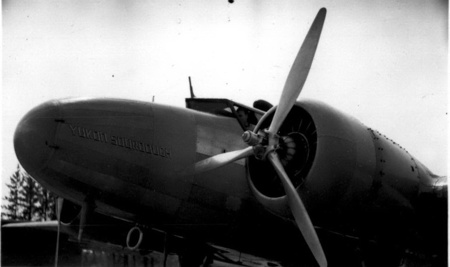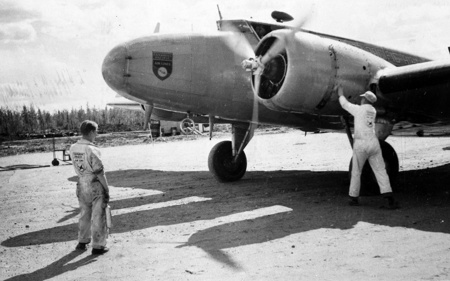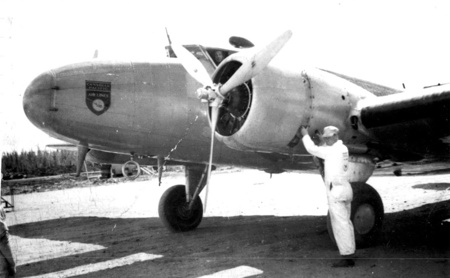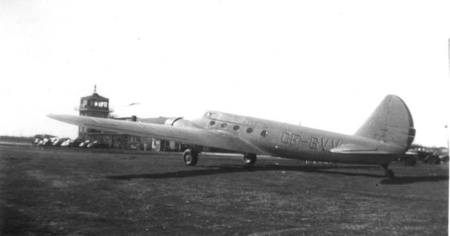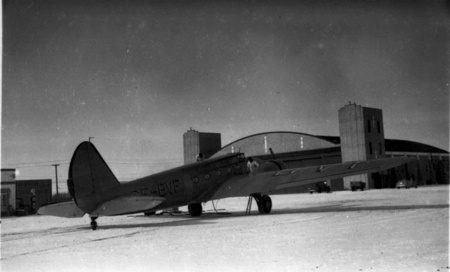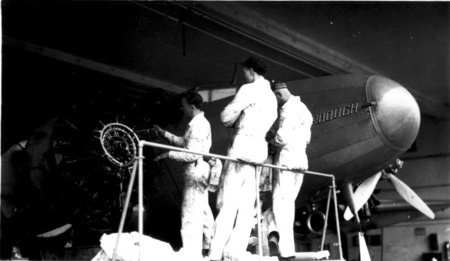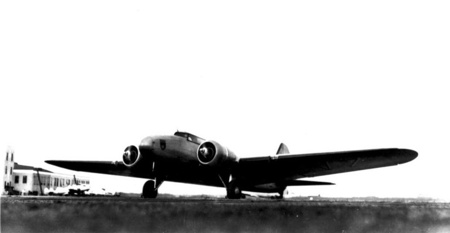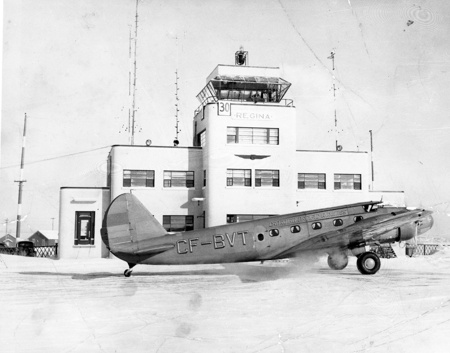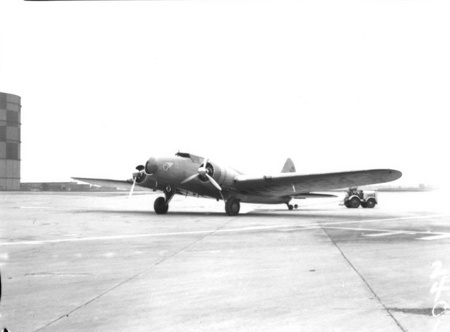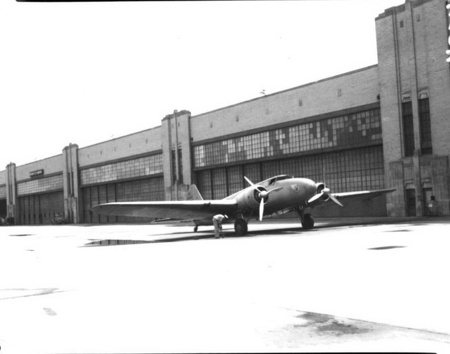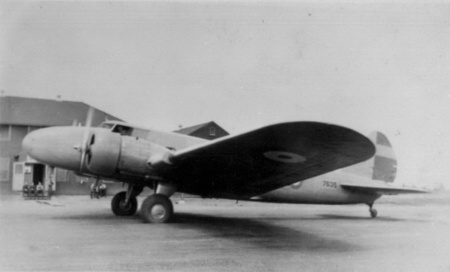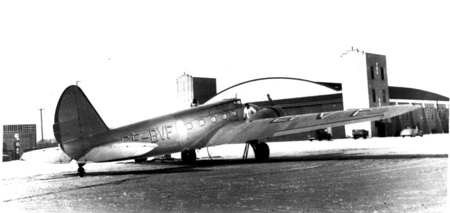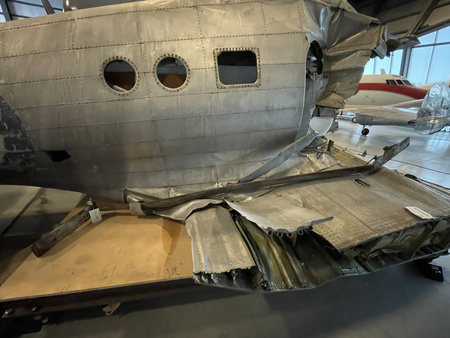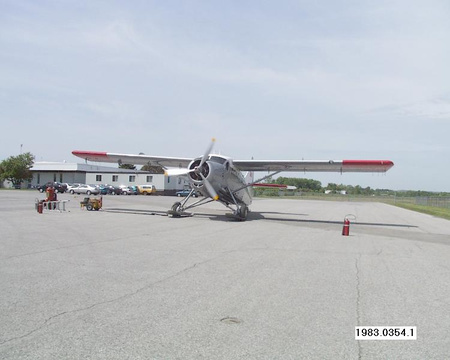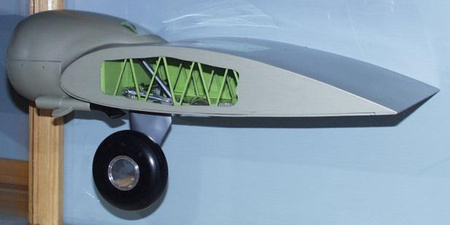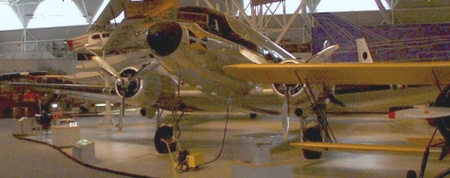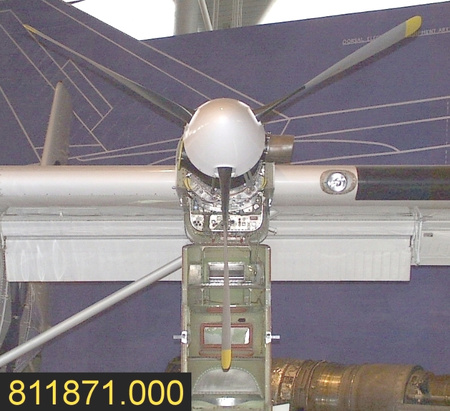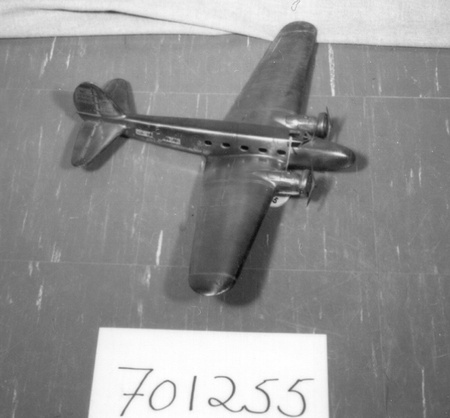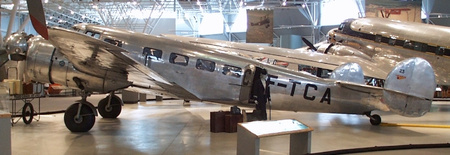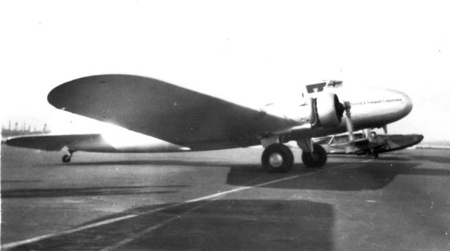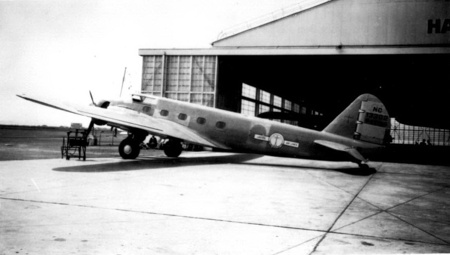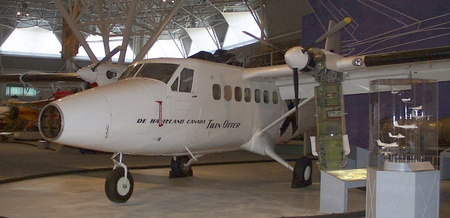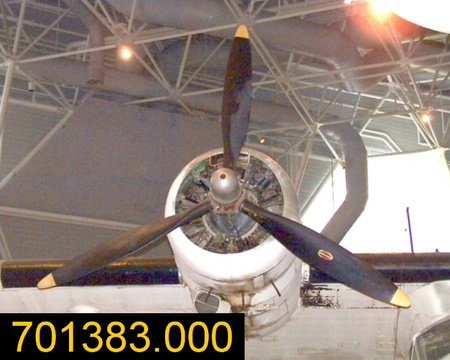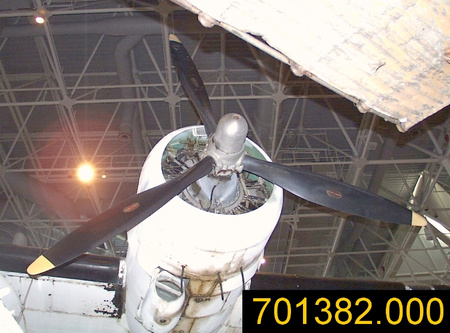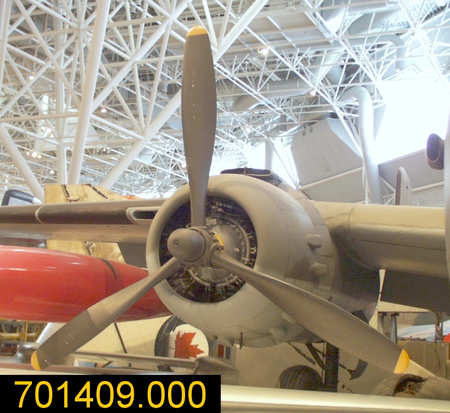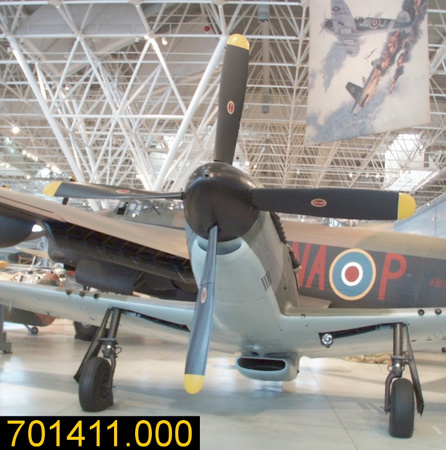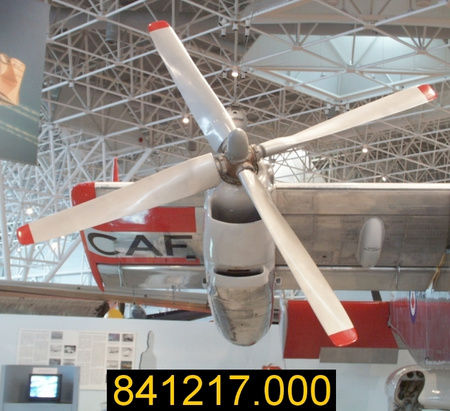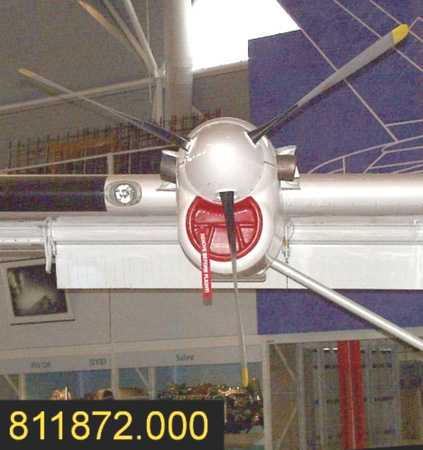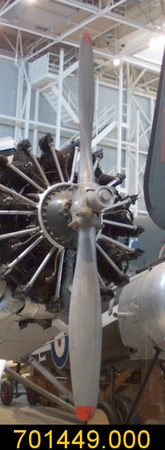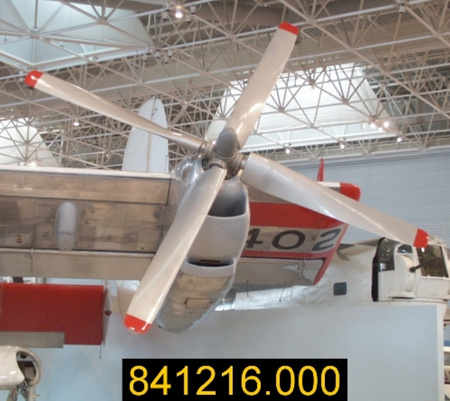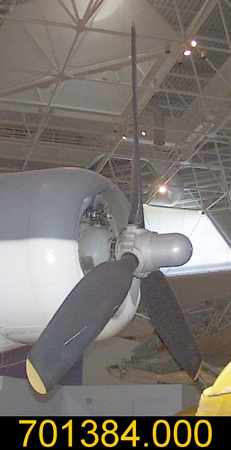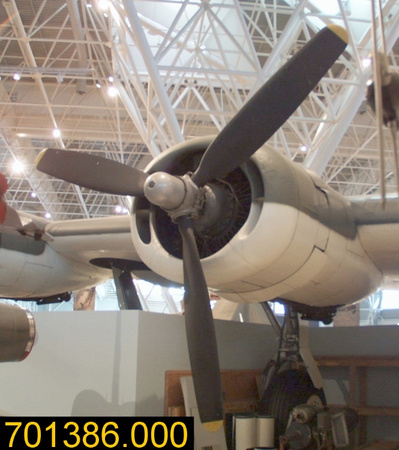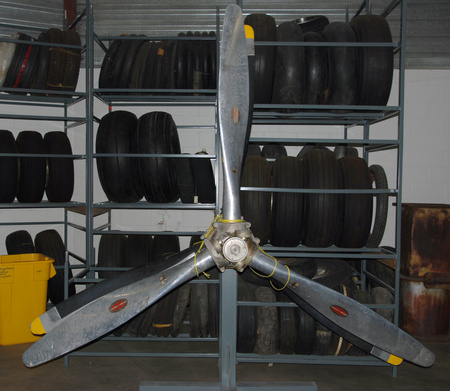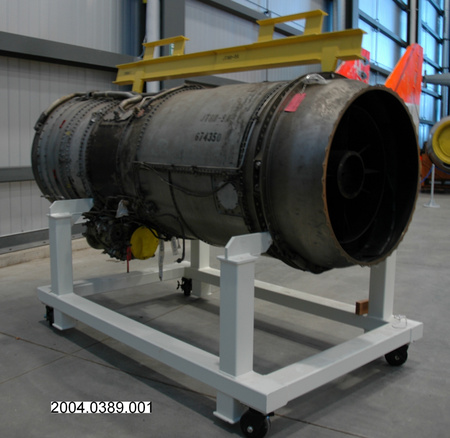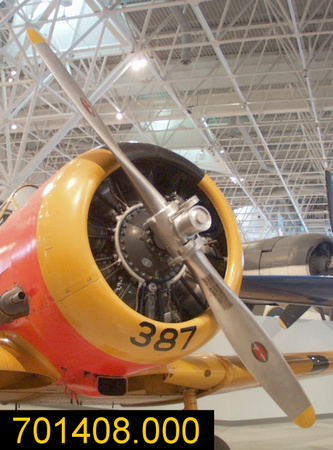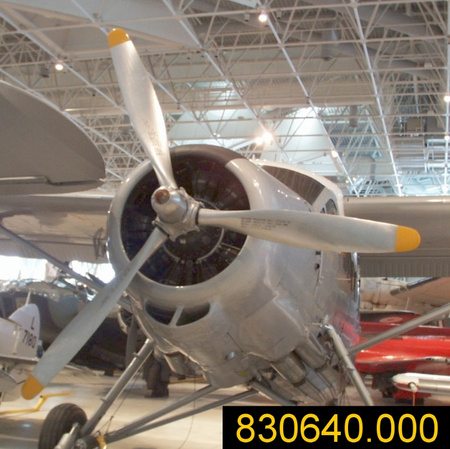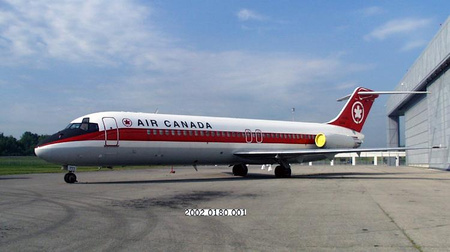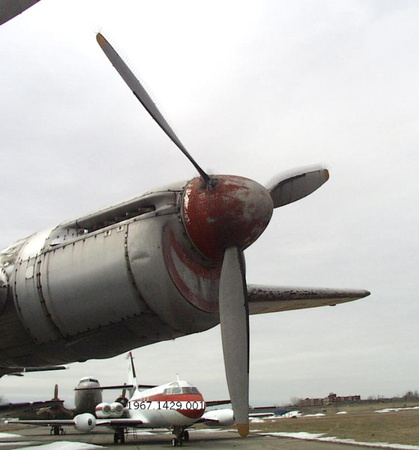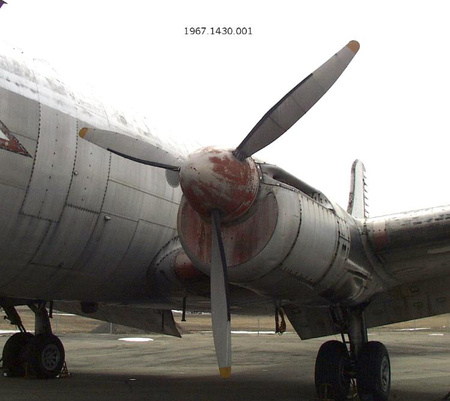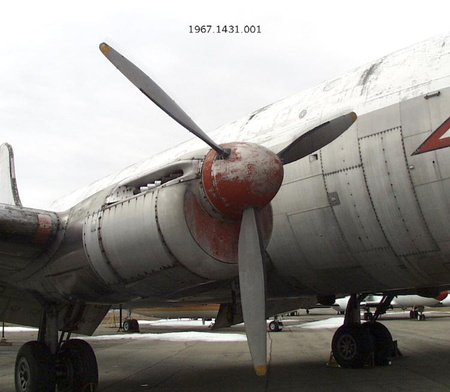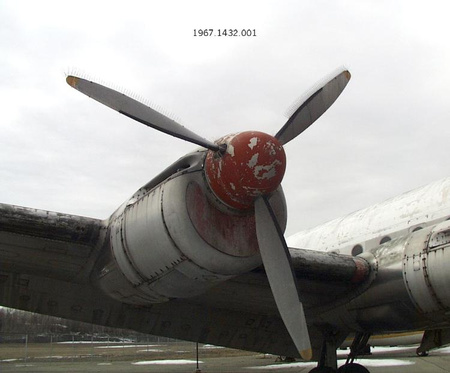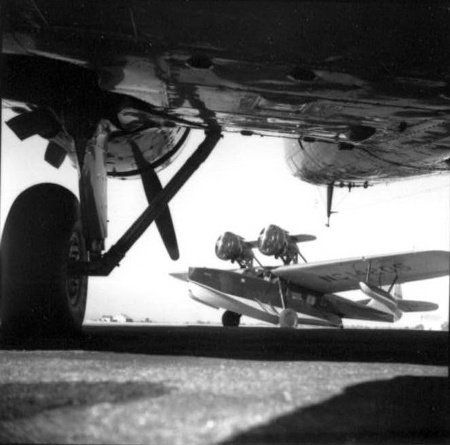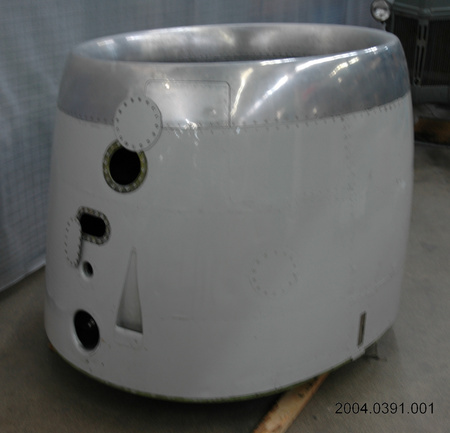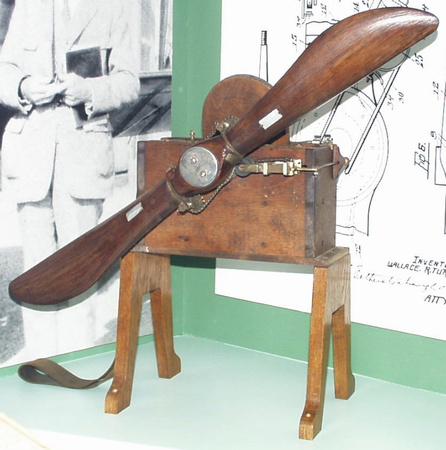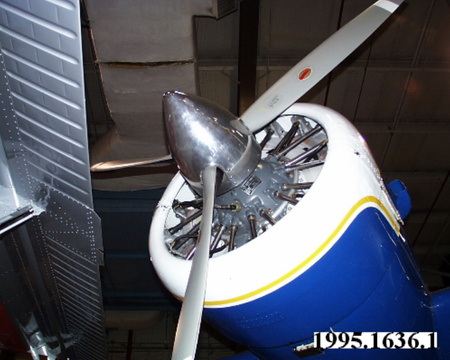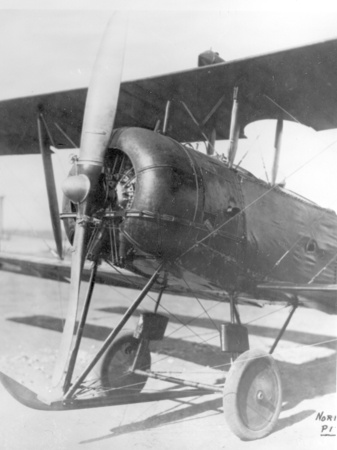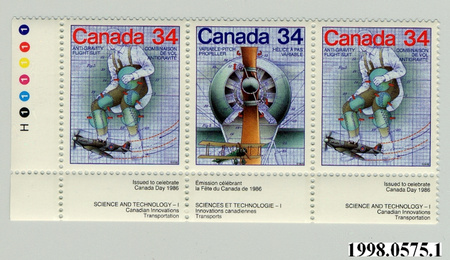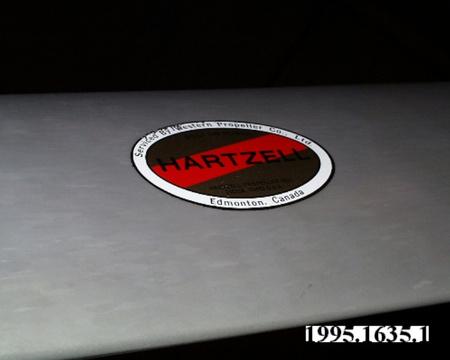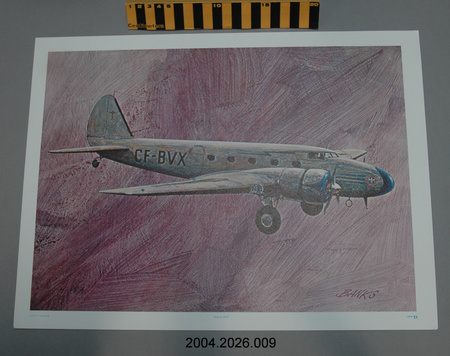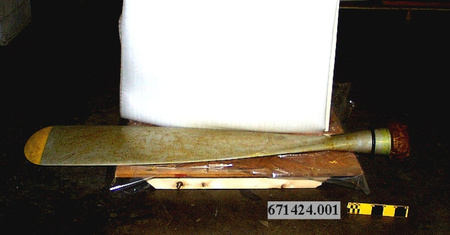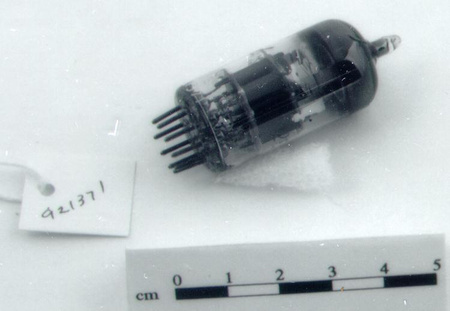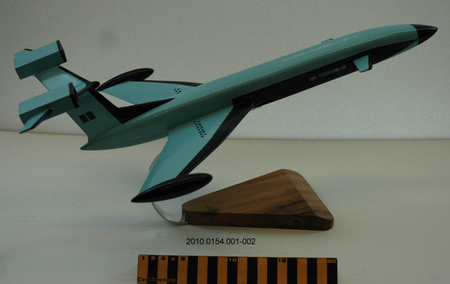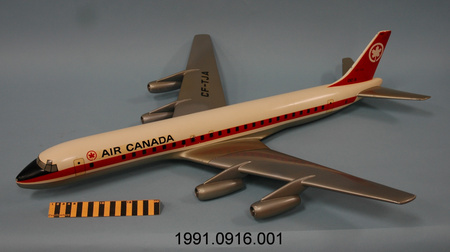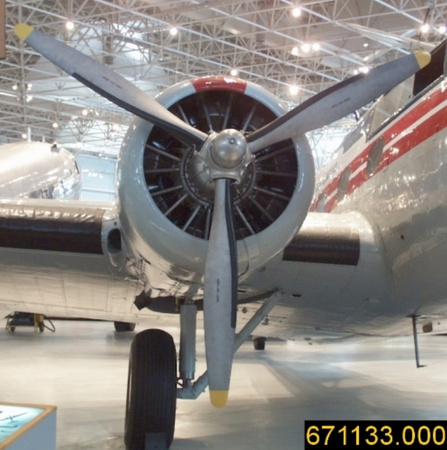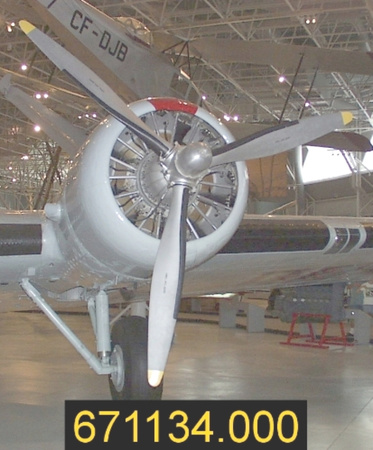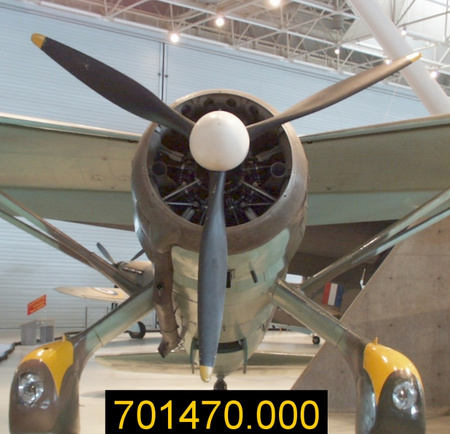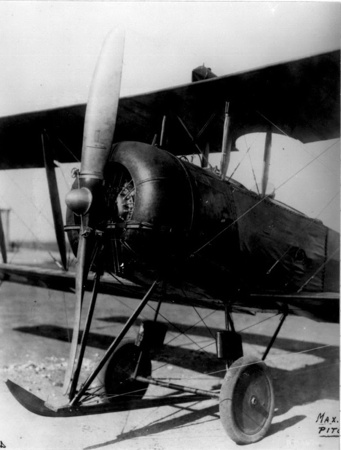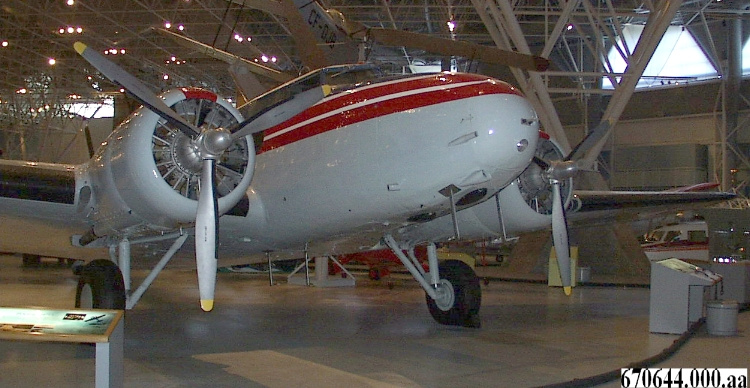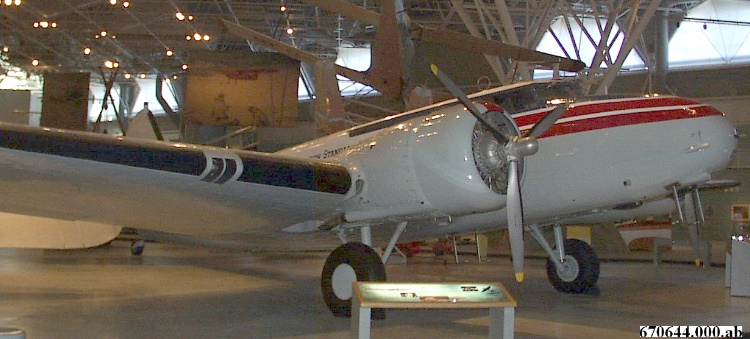Airplane
Use this image
Can I reuse this image without permission? Yes
Object images on the Ingenium Collection’s portal have the following Creative Commons license:
Copyright Ingenium / CC BY-NC-ND (Attribution-NonCommercial 4.0 International (CC BY-NC 4.0)
ATTRIBUTE THIS IMAGE
Ingenium,
1967.0644.001
Permalink:
Ingenium is releasing this image under the Creative Commons licensing framework, and encourages downloading and reuse for non-commercial purposes. Please acknowledge Ingenium and cite the artifact number.
DOWNLOAD IMAGEPURCHASE THIS IMAGE
This image is free for non-commercial use.
For commercial use, please consult our Reproduction Fees and contact us to purchase the image.
- OBJECT TYPE
- N/A
- DATE
- 1934
- ARTIFACT NUMBER
- 1967.0644.001
- MANUFACTURER
- Boeing Airplane Co.
- MODEL
- Boeing 247D
- LOCATION
- Seattle, Washington, United States of America
More Information
General Information
- Serial #
- 1699
- Part Number
- 1
- Total Parts
- 1
- AKA
- N/A
- Patents
- N/A
- General Description
- Introduced in 1933, the twin-engine low-wing Boeing 247, with its all-metal construction, set the pattern for successful airliners for the next 20 years. With a configuration consisting of an all-metal stressed skin, low cantilevered wing, retractable undercarriage, twin engines mounted on the leading edge of the wing, and variable-pitch propellers, Boeing scooped the field.
Dimensions
Note: These reflect the general size for storage and are not necessarily representative of the object's true dimensions.
- Length
- 16.3 m
- Width
- 22.6 m
- Height
- 3.7 m
- Thickness
- N/A
- Weight
- N/A
- Diameter
- N/A
- Volume
- N/A
Lexicon
- Group
- Aviation
- Category
- Aircraft
- Sub-Category
- N/A
Manufacturer
- AKA
- Boeing
- Country
- United States of America
- State/Province
- Washington
- City
- Seattle
Context
- Country
- Unknown
- State/Province
- Unknown
- Period
- The museum specimen, built as a Boeing 247 in 1934, was converted to 247D standards in 1935. It flew for 13 different operators, including United Air Lines, the RCAF, Quebec Airways, and Canadian Pacific Airlines. It was donated to the Museum in 1967 by its last operator, California Standard Oil of Calgary, Alberta.
- Canada
-
Unknown - Function
-
Unknown - Technical
-
Introduced in 1933, the twin-engine low-wing Boeing 247, with its all-metal construction, set the pattern for successful airliners for the next 20 years. Although a good airplane, and bought by United Airlines and other U.S. carriers, its capacity proved too small and its passengers found it awkward to step over the main spar in the aisle. Although superseded by the famous Douglas DC-3 for main routes, 247s continued to operate into the 1950s with smaller airlines and private operators. Only 75 247s were built. With a configuration consisting of an all-metal stressed skin, low cantilevered wing, retractable undercarriage, twin engines mounted on the leading edge of the wing, and variable-pitch propellers, Boeing scooped the field. The famous Douglas DC-1 and DC-2 were after-the-fact attempts to match the technical standards of the Boeing 247. It was the first airliner able to climb on one engine at full-load, one of the first with supercharged engines, and the first with control trim-tabs and cabin air-conditioning. - Area Notes
-
Unknown
Details
- Markings
- N/A
- Missing
- N/A
- Finish
- Unknown
- Decoration
- N/A
CITE THIS OBJECT
If you choose to share our information about this collection object, please cite:
Boeing Airplane Co., Airplane, before 1934, Artifact no. 1967.0644, Ingenium – Canada’s Museums of Science and Innovation, http://collection.ingenium.ca/en/id/1967.0644.001/
FEEDBACK
Submit a question or comment about this artifact.
More Like This
